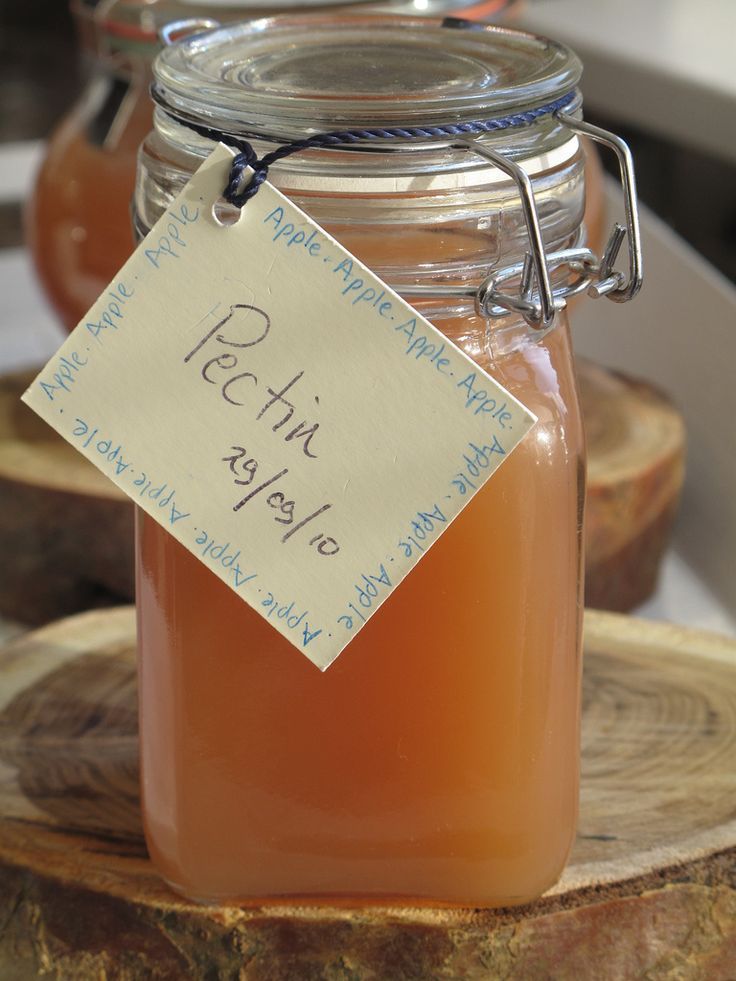PLANT BASED HYDROCOLLOIDS : PECTIN

This week, we will talk about pectin, which has been used for a long time in our foods.
Pectin is a polysaccharide that is the material of the cell wall in the peels of fruits and exists in different proportions. Usually obtained from apples and citrus. It is divided into two groups: high methoxylated and low methoxylated. These groups are also classified within themselves.
High-methoxylated pectins are separated rapidly, moderately, and slowly according to their velocities. Low-methoxylated pectins are divided into conventional and amidated pectins. Special conditions are required for the operation of high-methoxyl pectin. (Temperature is minimum 80 degrees, pH is 2–3.8, and dry matter rate is minimum 55%; if there is sugar in the recipe, it works much better.) Low methoxylated pectin at wider ranges (dry matter rate 10–70% pH: 2–7) can work. Reacts with calcium.
Based on the application, high-methoxylated pectins are resistant to temperature, but re-heating after gelation can cause syneresis and the structure may deteriorate. Low-methoxyl pectin, however, is particularly stable after reheating and cooling. In this case, for bake-stable or thermoreversible (so-called heat-stable) applications, low methoxyl is the right input.

When we look at the final product samples, we can see the pectin almost everywhere. Stabilizers other than pectin that are not fruit components cannot be used because of the regulation of additives, especially in fruit juice, jam, etc. applications. As an alternative to gelatin, pectin has become a must in soft candies, fruity yogurts, and fillings.
In addition to all these, it is not easy to use pectin. If the conditions are not proper (temperature, pH, sugar ratios) and gelation does not occur, a full yield cannot be obtained from the pectin.
You can see soft candies we made with pectin in our laboratory in the video. You can contact us for more information.
